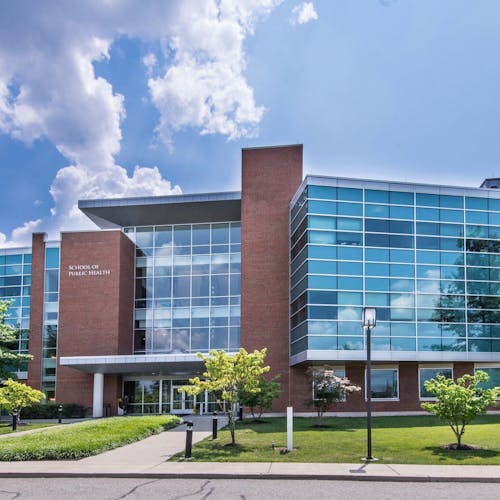Report shows 20 percent increase in homelessness in Middlesex County

As of Jan. 24, a total of 546 people from 373 households were considered to be homeless in Middlesex County, according to the 2017 Point in Time (PIT) Count Report.
These numbers represent an increase of almost 20 percent in known sheltered and unsheltered homeless people in the county since the last year.
The count is carried out by Monarch Housing Associates, a nonprofit that aims to end homelessness by expanding the supply, accessibility and variety of affordable, permanent supportive housing through development, planning, advocacy and partnerships, according to their mission statement.
According to the 2017 report, the count provides a statewide snapshot of homeless households in the community and reveals important demographic and other information regarding the families and individuals in question by way of the survey.
Middlesex County officials told The Daily Targum that the number of homeless people appears to have risen since 2016 as a result of an increasingly refined counting process. In other words, they were able to collect data of higher quality and quantity to obtain more accurate results.
“Our coordinated assessment program has grown and become more comprehensive over the years. We were able to identify and interact with more people this year than in previous years,” an official said in an email.
Since 2017 included expanded outreach measures, the officials said that they are viewing 2017 as a new baseline level of homelessness in the county.
“We would expect to see a decrease in the 2018 PIT due to coordinated assessment and the number of people placed in permanent housing since the 2017 PIT, but this is somewhat predicated on continued receipt of federal and state funding sources dedicated to addressing the homeless population and continued operation of existing programs,” the officials said.
In the past, data collectors were forced to rely on subjects to appear at a Project Homeless Connect site or interact with another agency to complete the survey.
Since 2013 the number of Middlesex County residents in transitional housing, which is a short term system that provides housing and supportive services to move those in need to independent living, has been steadily dropping as a result of the adoption of the Housing First model.
In Housing First, community members assist in finding permanent housing for homeless individuals and families and then provide them with supportive services while they are living in that permanent housing to keep them stably housed— ultimately having them spend as little time as possible in emergency shelters or unsheltered, county officials said.
“The Middlesex County Continuum of Care (CoC) believes in the Housing First model. In our CoC, we’ve had some transitional housing projects become permanent, supportive housing programs. So for our CoC, the decline in transitional housing has been good, since we’ve been able to put funding toward permanent housing opportunities,” an official said.
There are many individuals and organizations involved in PIT data collection, the officials said. Coming Home of Middlesex County, Inc. is the lead PIT coordinating entity for Middlesex County.
There are two Project Homeless Connect sites — one at Elijah’s Promise in New Brunswick and another at Cathedral International in Perth Amboy, where homeless individuals can get meals, complete the survey, receive donated goods and also connect with various services and social service providers.
There are dozens of volunteers partnering with professional staff working at each Project Homeless Connect site to administer the PIT survey, according to the officials.
The officials said that all social service providers who work with the homeless or those at risk of homelessness are provided with survey documents prior to the PIT so they can complete surveys for homeless persons they encounter.
Coming Home also works closely with the Middlesex County Board of Social Services to identify and get surveys for individuals and families that have been placed in hotels and motels when the emergency shelters are full, the officials said.
Additionally, there are street outreach teams which include trained staff and volunteers from Rutgers University Behavioral Health Care, Catholic Charities USA, Elijah’s Promise and God’s Army Ministries, they said.
“Our goal is to reach the point of having adequate resources available for the homeless population at any time to minimize the time spent homeless and to quickly move them into permanent housing,” an official said. “Also, through the strategic use of homelessness prevention funds, the CoC is also working to keeping people stably housed so they never enter the homeless system.”



